Abdominoplasty
(Tummy Tuck)
Tummy tuck or abdominoplasty is one of the most requested body contouring procedures at the Reddy Aesthetic Institute. Many clients desire an improved youthful abdominal contour whether to correct changes of aging or after weight loss.
We offer several variations of abdominoplasty which include a full tummy tuck; a mini-abdominoplasty; and lipo-abdominoplasty.
A full tummy tuck involves removal of excess lower skin; tightening of the muscles; and repositioning of the belly button. A mini-abdominoplasty simply involves removal of excess skin in the lower abdomen.
Lipo-abdominoplasty involves a combination of liposuction of the trunk combined with a tummy-tuck and is generally the procedure that I recommend as it results in improved waist definition as well contouring of the upper abdomen. Previously, combining liposuction with abdominoplasty was considered a risky procedure, however, with improved preservation of the blood supply to the abdominal skin, it has proven an extremely safe and effective procedure. In many ways, the lipo-abdominoplasty approach to contouring of the trunk is less invasive than other techniques.
To determine which procedure is best for you, please arrange a consultation with Dr. Reddy.
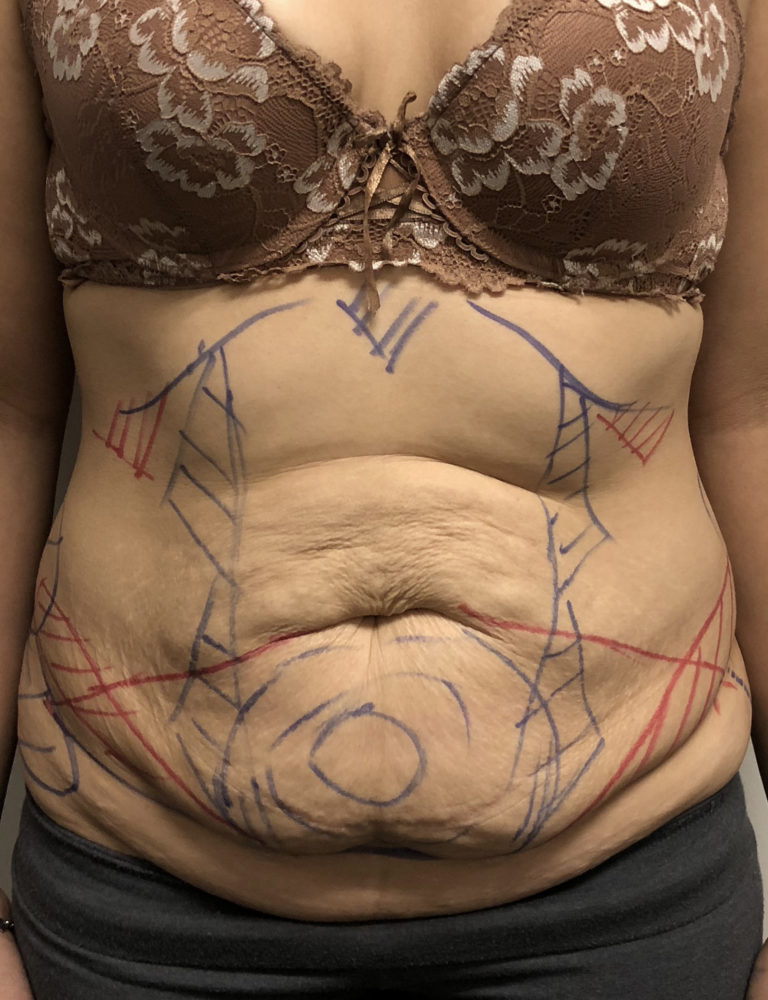
Before
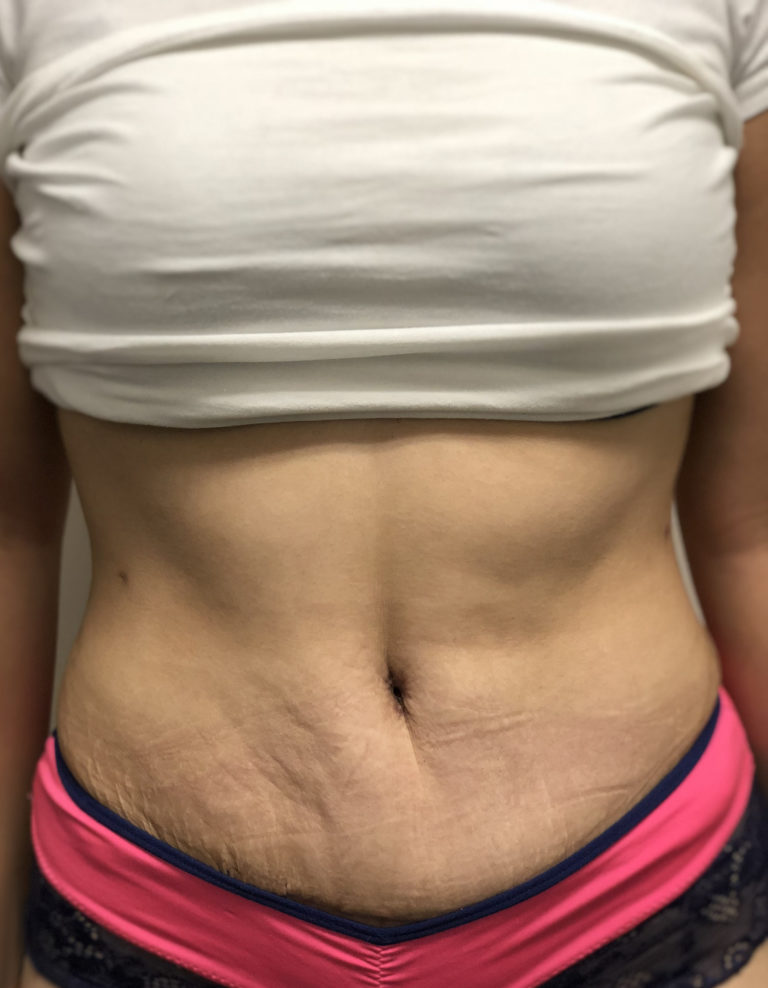
After
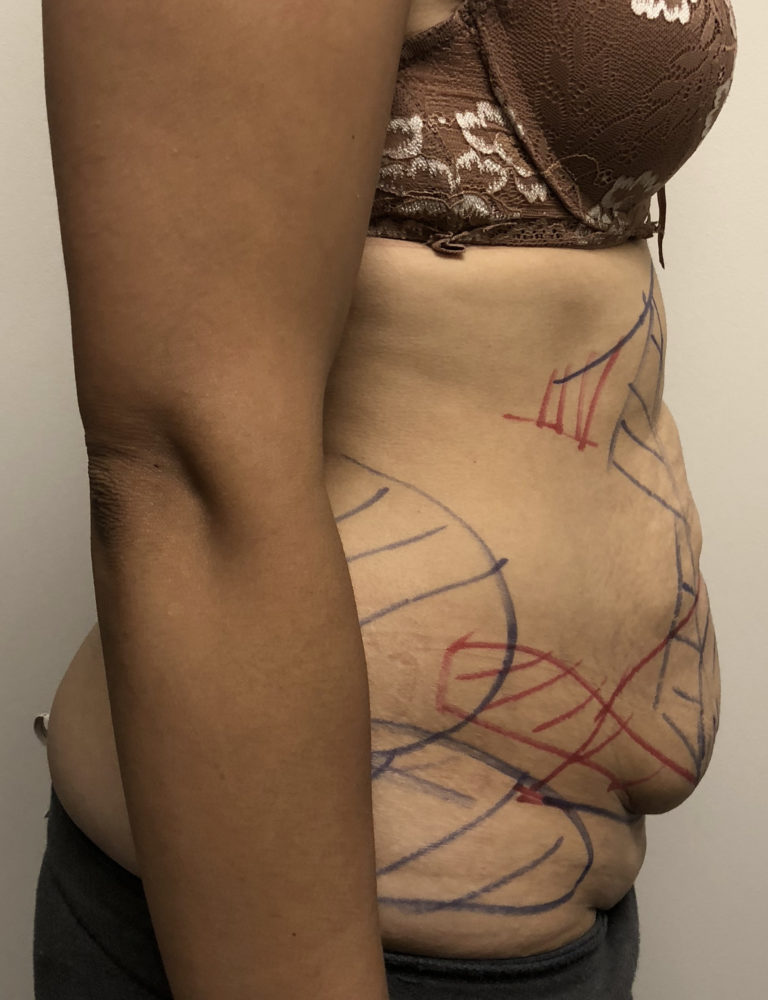
Before
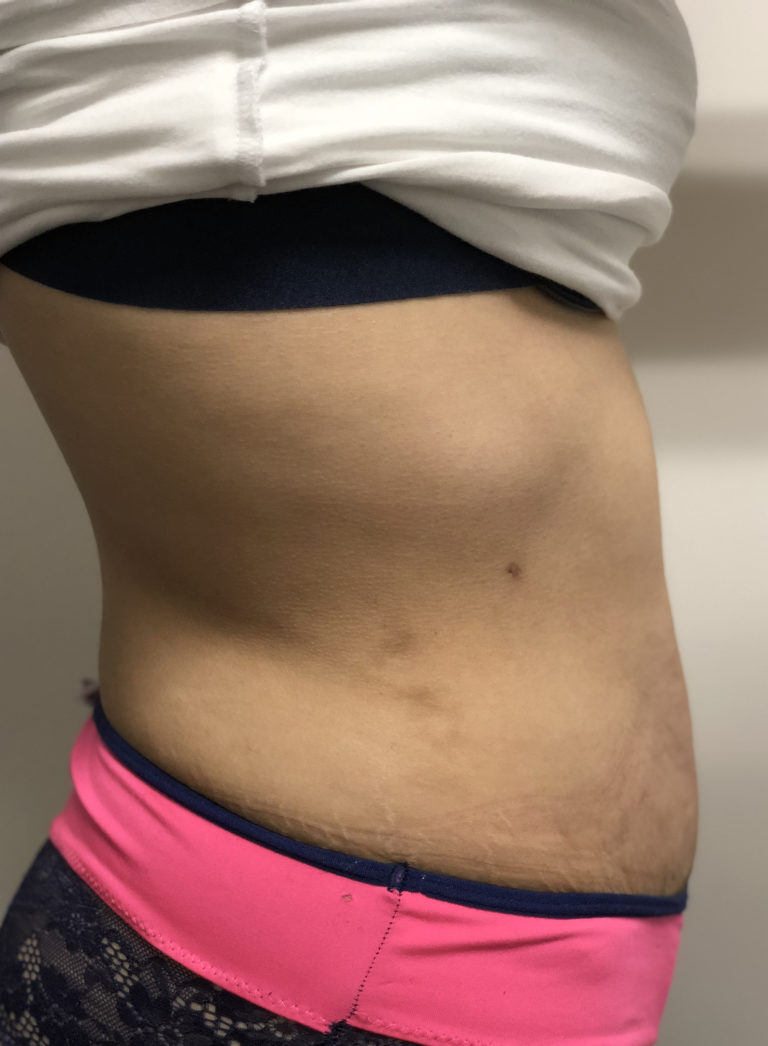
After
Surgeon’s Notes on Tummy Tuck
Liposuction was combined with tummy tuck to achieve superior waist definition and frame muscle groups.
Adhesive sutures were used allowing for only a single drain which was removed the day after surgery.
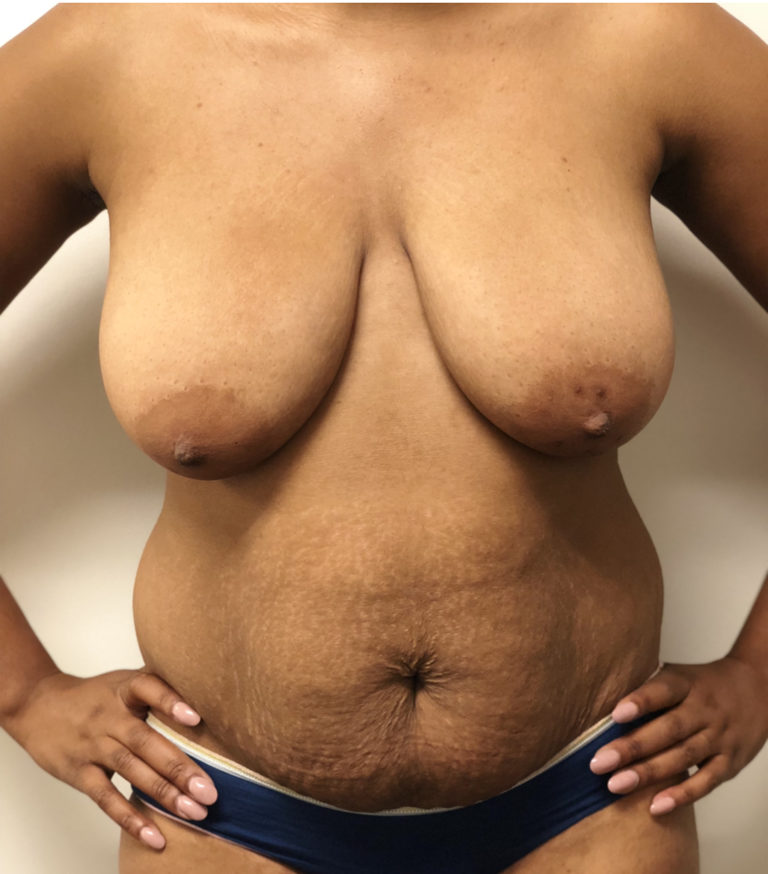
Before
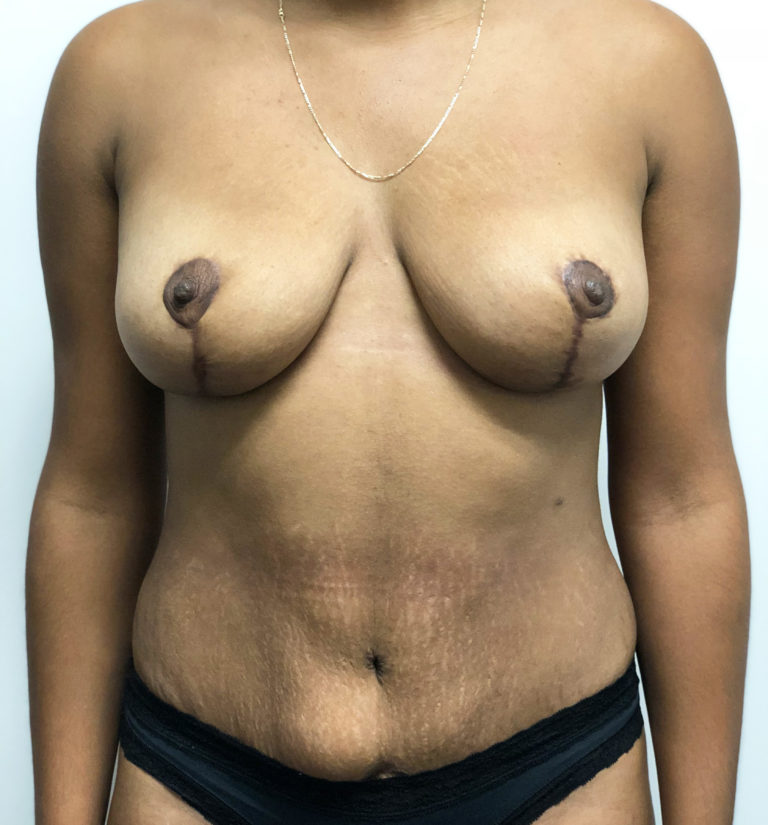
After
Surgeon’s Notes
This client underwent tummy tuck to remove excess skin and stretch marks from pregnancy. A single drain was used which was removed the day after her procedure. The image is approximately 6-weeks following surgery and her incision will continue to improve over the next several months.
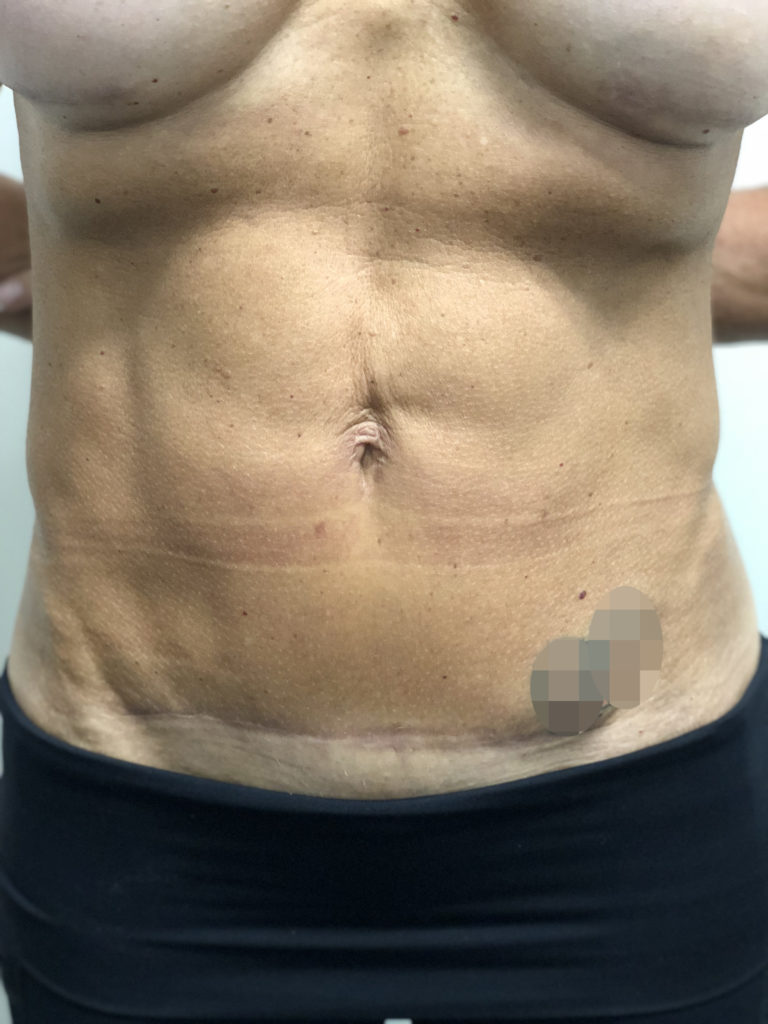
After
Surgeon’s Notes
The mini-abdominoplasty incision is barely visible 3-months following surgery. This client underwent a mini-tummy tuck to address skin laxity of the lower abdomen. The procedure was performed entirely under local anesthesia. Careful approximation each of the distinct layers of the abdominal wall skin results in reduced tension across the final closure and a thin incision.

Before

After